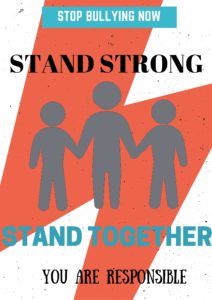Modern Family Matters
The idea of how a family should be is continually changing. One thing that remains the same however is the fact that there should be two parents to raise a child. It doesn’t matter if they are married, together for life, or a same sex couple. But recently there has been a higher percentage of single-parent households. According to Nicholas Kristof, “Three important effects are the greatly increased incidence of long-term poverty, poor development outcomes and poor educational achievement among the children.” The article I read offers three different options for preventing an accidental pregnancy from happening to a single mother.
The first option is to expand family planning by adding it to the curriculum at school. Offering family planning is supposed to help prevent unexpected pregnancies by educating teens about safe sex. It is also supposed to save money by reducing the amount spent on health care when having a baby. Also educating girls about birth control and other options should be included in the curriculum because according to “Rethinking The Family,” it is our right as women to use these options. The second option is to end America’s experiment in mass incarceration. The experiment has condemned millions of men to be less appealing as husbands, and it has taken fathers away from their children for very small reasons. I am not in any way saying that women would be helpless without a man, but it is helpful for a child to have two parents around. The third option would be an outreach program to help low income families find jobs. The programs can help keep families together by offering housing and jobs. The program would also help women in the work force because it would give women just as equal an opportunity as men to find a job, which according to “Rethinking the Family” is still a very unequal fight.
Overall it is important that the parent or parents of children can provide for them. We need to educate young teens on safe sex and incorporate it into the school system. Children also need their fathers and mothers to be around and not in jail for petty crimes. While the idea of how a family should look on the outside keeps changing, the idea that a child should be raised by both parents and provided for properly will always be the same.


Recent Comments